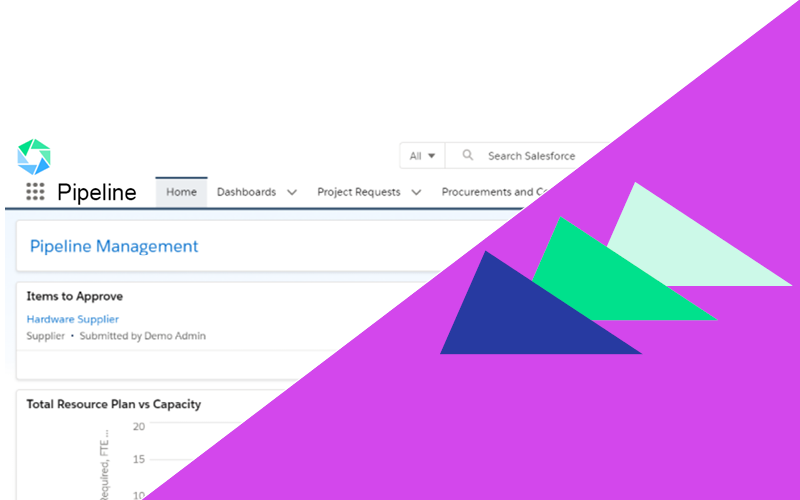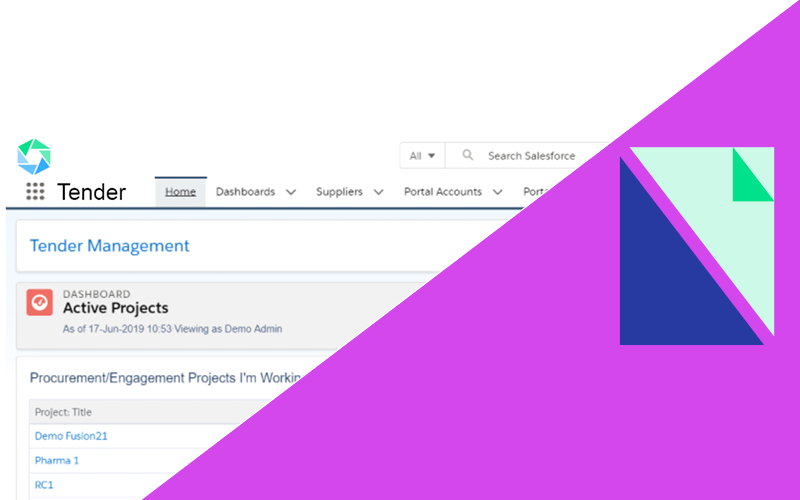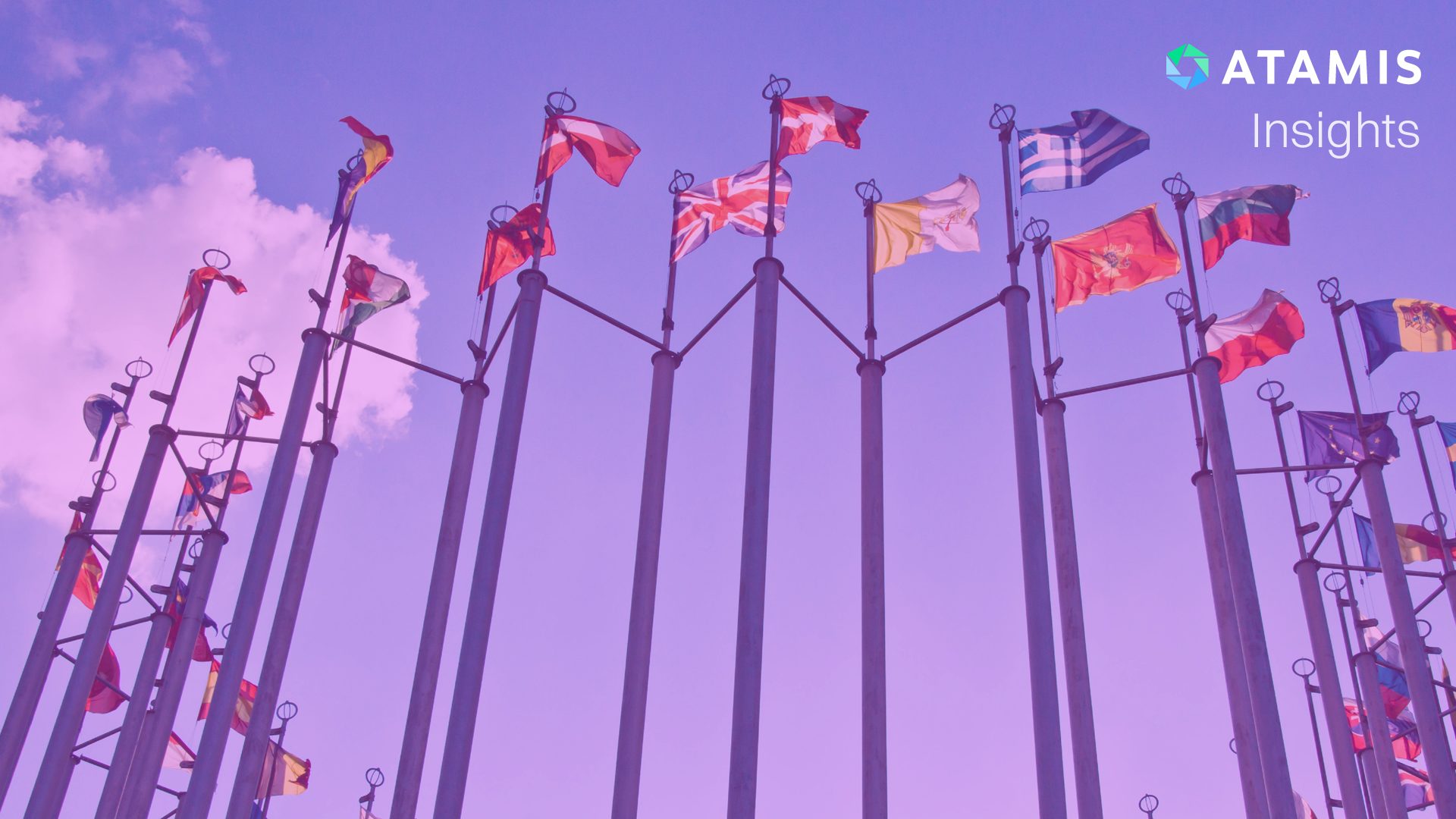Discover how digital procurement software can help you navigate the procurement challenges and risks faced in a post-COVID world.
Geo-political risk is not exactly a new factor for consideration for procurement professionals. Whether it’s changes in government regulations, international sanctions, political unrest or natural disasters, procurement teams are all too aware of the potential these occurrences have for supply chain disruption.
In the wake of the global COVID-19 pandemic, the landscape of geopolitical risk for procurement professionals has undergone a seismic shift.
Gone are the days when procurement decisions and supply chains were primarily influenced by one or even two geopolitical factors. In this new era, the complexities are seemingly endless, with a plethora of geopolitical events demanding attention.
In this post-COVID world, procurement professionals find themselves navigating uncharted waters in this new dynamic landscape where resilience is key.
Read on to learn more about the post-COVID reality for procurement, the challenges faced by procurement teams and how digital procurement software can help you navigate this new era.

Navigating Geo-Political Risk in a Post-COVID World
The Pre-COVID Reality
Before the onset of the COVID-19 pandemic, procurement professionals operated in a geopolitical landscape that, while certainly not devoid of complexities, was relatively stable and predictable. Trade disputes, regulatory changes, and regional conflicts were among the primary factors that procurement professionals considered when making strategic sourcing decisions.
However, compared to the multifaceted challenges that would later emerge, these geopolitical factors seemed almost benign in their simplicity. When previously teams only had to consider one geopolitical occurrence in their supply chain management decision-making, now a fast-moving wave of disruptions must be taken into consideration.
What the Pandemic Meant for Procurement
The emergence of the COVID-19 pandemic shattered this illusion of stability, a worldwide event that reverberated across the global supply chain. Lockdowns, travel restrictions, and border closures disrupted the flow of goods and services, exposing vulnerabilities in supply chains that may previously have been overlooked.
As the pandemic unfolded, it became increasingly apparent that the geopolitical landscape was far more intricate and interconnected than previously imagined. While lockdowns and self-isolation orders lead to diminished demand for some markets, others saw a huge increase in demand for their products and services.
When we look back, it’s easy to forget just how quickly these changes were occurring. Supply chains had very little time to react to frequent disruptions and changes in circumstances. This highlighted certain vulnerabilities in many supply chains, particularly when it came to identifying risk factors in our supplier pool.
Post-COVID: Too Many Risks to Count
In this post-pandemic world, procurement professionals find themselves confronted with a dizzying array of geopolitical risks, each vying for attention and each with an impact to consider.
From geopolitical flashpoints such as Russia’s annexation of Crimea and ongoing conflict in Ukraine to localised crises such as the Baltimore bridge collapse, the challenges are as diverse as they are daunting. The Israel/Palestine conflict, with its geopolitical ramifications and humanitarian implications, adds yet another layer of complexity to an already complicated landscape.
In this new reality, assessing geopolitical risk has become a Herculean endeavour, with the sheer number and diversity of risks making it an almost impossible job to keep track of them all.
The risks facing businesses and pain points for procurement teams in this post-COVID world are seemingly endless. There is the risk of reputational damage should organisations be seen doing business with countries involved or behind geopolitical conflicts and the impact this could have on a brand’s image due to understandable, changing public perceptions.
When it comes to operational risks for procurement departments and businesses overall, supply chains are highly impacted by geopolitical events. Whether it’s production interruptions caused by unrest or freight interruptions caused by international conflicts, supply chain management is a constant balancing act.
Financially, geopolitical events can heavily impact procurement teams. Whether it’s lost revenue from goods paid for but undelivered, or increased costs due to diversions or snap supplier changes. For consumers, it may be that increased costs within the supply chain could be passed on to customers and end users to mitigate margin impacts which can in turn affect brand reputation and customer loyalty.
Embracing the New Reality
We all now live in a post-COVID world. Navigating the geopolitical maze in this post-pandemic era makes one thing clear – the challenges facing procurement professionals have never been greater. However, amidst this complexity and uncertainty, there is also opportunity.
The opportunity to innovate, to collaborate and to build resilience and sustainability into supply chains is real and it is pivotal. Whether the pandemic highlighted the need for greater engagement with your key suppliers or if, in this post-COVID world, you now see the need for smoother award processes, the opportunity is there.
Equip teams with the tools that provide a clear and comprehensive view of the entire supply chain. Give them the tools that empower them to establish and maintain robust, mutually beneficial relationships with your key suppliers – relationships that may be the key to driving innovative solutions in your supply chain.
Digital Procurement Software That Can Transform Your Processes
Atamis provides flexible procurement software solutions that can revolutionise your procurement process. From procurement pipeline planning and contract and supplier management to tender management, our flexible digital procurement software gives your teams the tools they need to navigate procurement in a post-COVID world.
Ready to empower your team with a procurement software solution you can rely on? Contact us today or request a demo to discover the difference Atamis can make for your team and your procurement process.


Ready to empower your team with a procurement software solution you can rely on?
Request a demo today and discover the difference Atamis can make for your team and your procurement processes.
 Our Pipeline App empowers your team to plan ahead and forecast for upcoming procurement activities.
Our Pipeline App empowers your team to plan ahead and forecast for upcoming procurement activities.  The Tender App allows your team to visualise all sourcing activities within your Atamis platform, from issuing tenders to receiving bids.
The Tender App allows your team to visualise all sourcing activities within your Atamis platform, from issuing tenders to receiving bids. Our Contract & Supplier App puts your team in firm control of your key supplier relationships and provides a central repository for all contracts.
Our Contract & Supplier App puts your team in firm control of your key supplier relationships and provides a central repository for all contracts.  Our Enhancers ensure your solution is tailored to your needs. Pick and choose additional functionality that fits your requirements.
Our Enhancers ensure your solution is tailored to your needs. Pick and choose additional functionality that fits your requirements. 